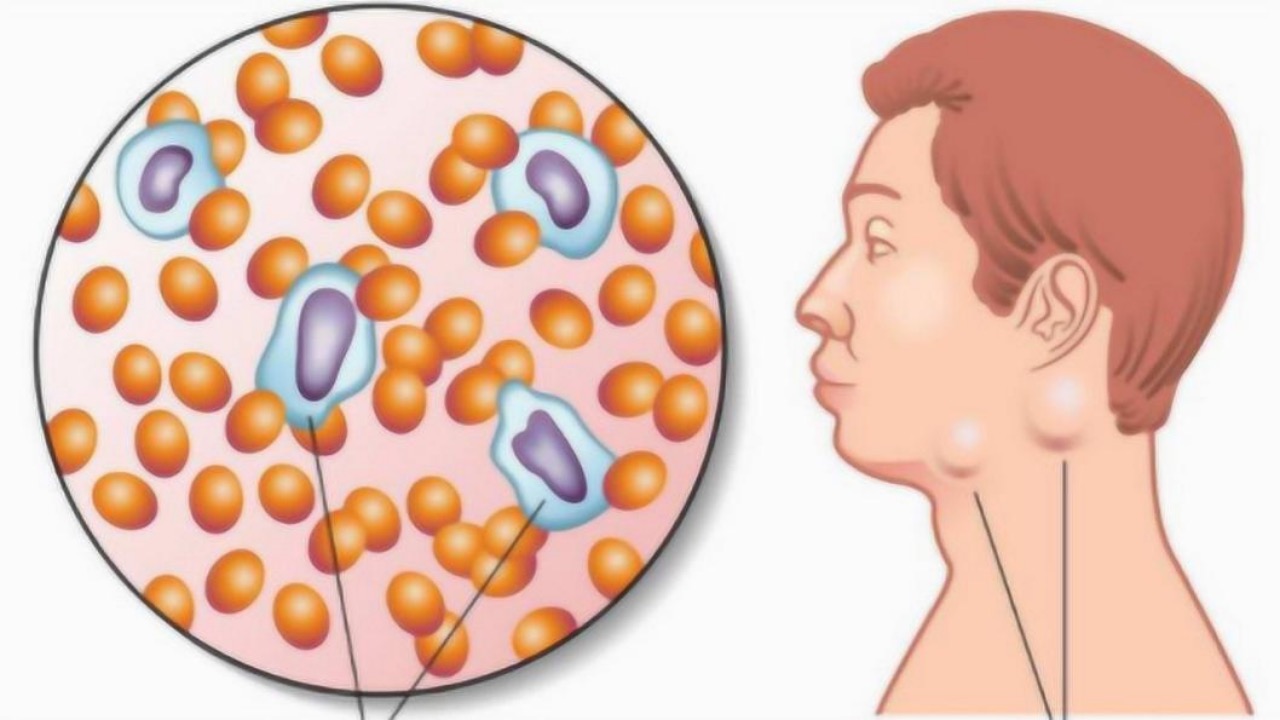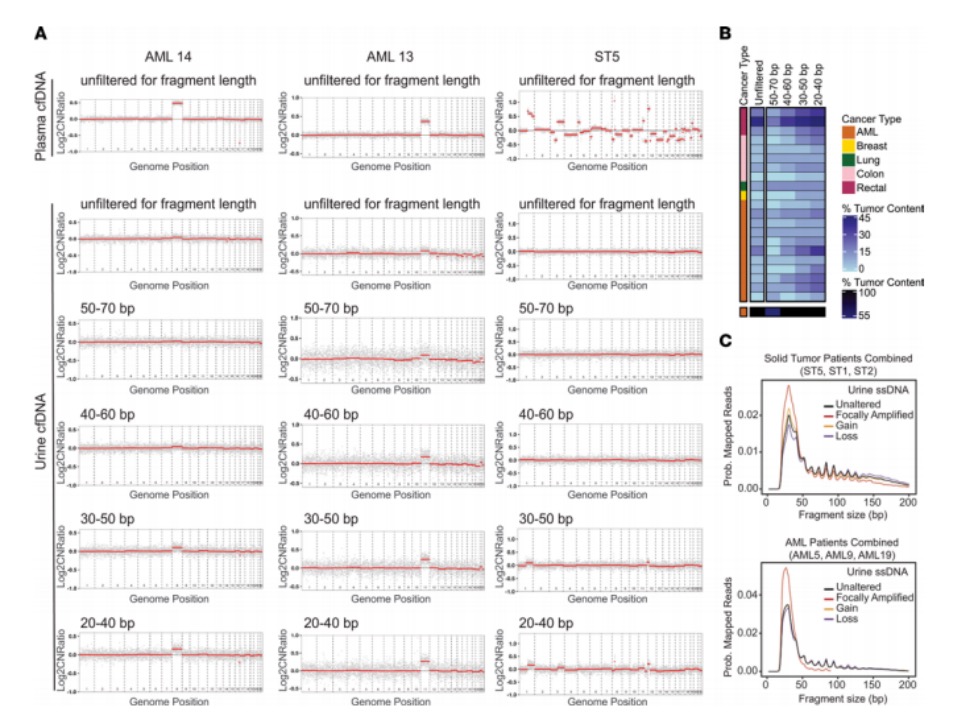Urine Analysis Reveals DNA Emanating from HPV+ Head and Neck Cancer Tumors
Human Papillomavirus (HPV) is widely recognized as a cause of cervical cancer, but increasing evidence suggests that it can also lead to cancer in the oral cavity, throat, and other head and neck regions. Early detection is crucial because catching cancer early can lead to better outcomes for patients. Researchers at the University of Michigan have developed a urine-based test that can detect DNA fragments released by tumors in the head and neck area, aiding in the early detection of these tumors.

The researchers used whole-genome sequencing to show that the cell-free DNA fragments released by tumor cells (which are transported from the blood to the urine via the kidneys) are primarily ultra-short fragments with fewer than 50 base pairs. Because these fragments are so small, traditional”Human Papillomavirus (HPV) is widely recognized as a cause of cervical cancer, but more and more evidence shows it can also lead to cancers of the mouth, throat, and other head and neck regions. Early detection is critical, as catching cancer early can result in much better outcomes for patients. Researchers at the University of Michigan have developed a urine-based test that can detect DNA fragments released by tumors in the head and neck region, aiding in the early detection of these tumors.

However, traditional detection methods cannot detect the ultra-short fragments found in urine because they are designed for longer DNA fragments. The team developed a urine detection method for HPV+ head and neck cancer ctDNA using an unconventional approach. This method is based on droplet digital PCR (ddPCR) to detect TR-ctDNA in urine, offering absolute quantification, higher precision, and greater throughput compared to NGS.
While the initial research was primarily focused on head and neck cancers, the paper also describes a new approach that can be used to expand the test to detect other types of cancer. For instance, the authors demonstrate that the test can detect ctDNA in the urine of patients with breast cancer and acute myeloid leukemia. This provides new opportunities for researching the application of urine-based detection in these other cancers. Despite urine being produced in the kidneys, it carries information about many different types of cancer. The discoveries regarding the size differences of ctDNA fragments and the development of the test for HPV+ head and neck cancer detection provide critical insights into how urine-based diagnostic tests can be developed for different cancers. Moreover, compared to blood-based tests, these types of tests might have higher adherence among patients who require ongoing monitoring after treatment, due to the convenience of self-collecting samples.